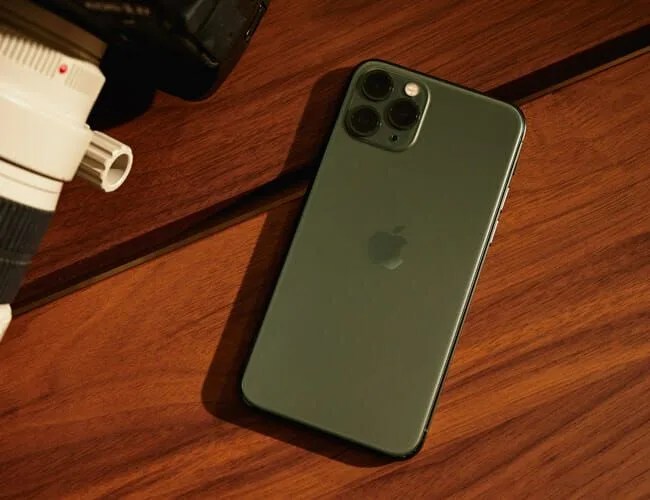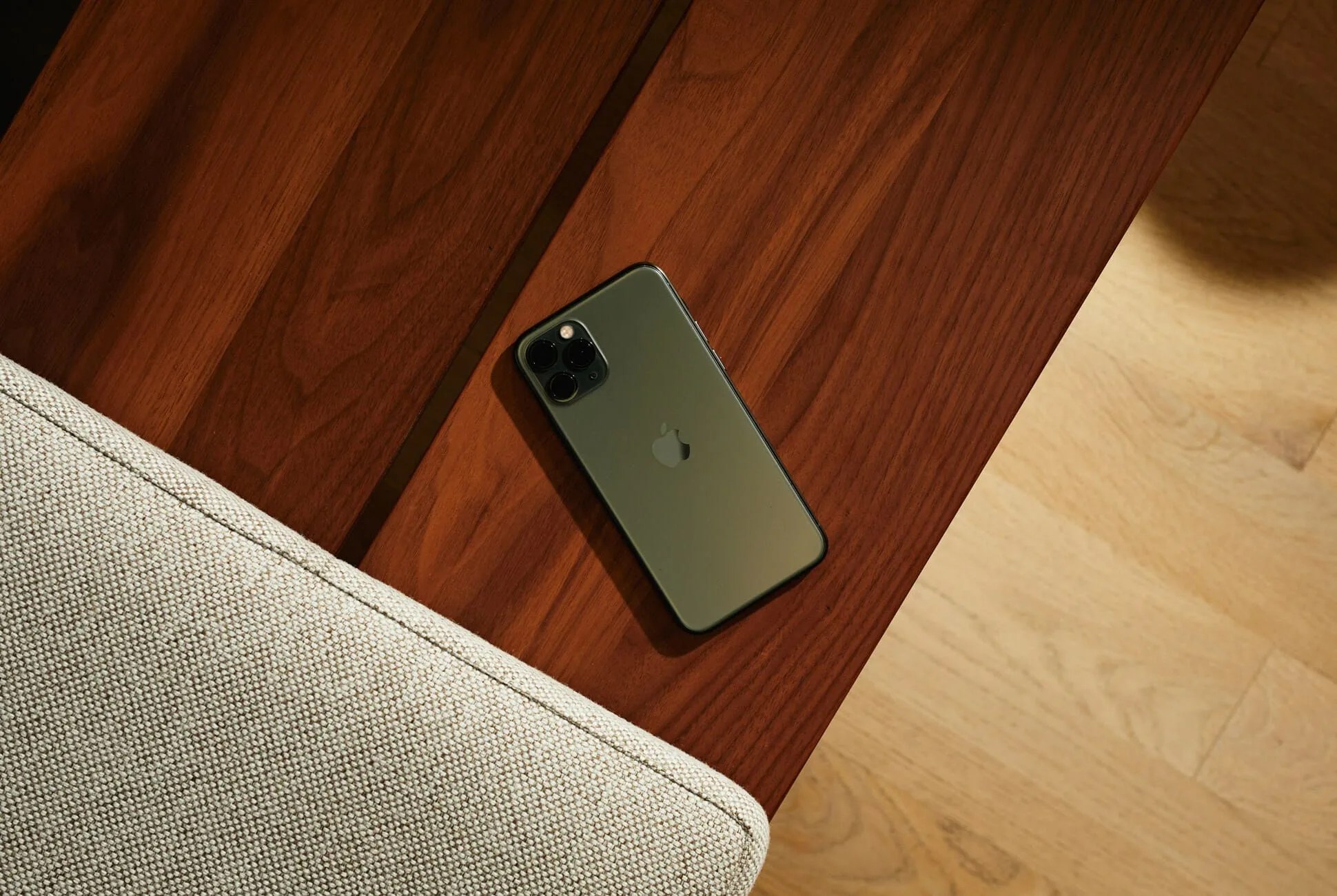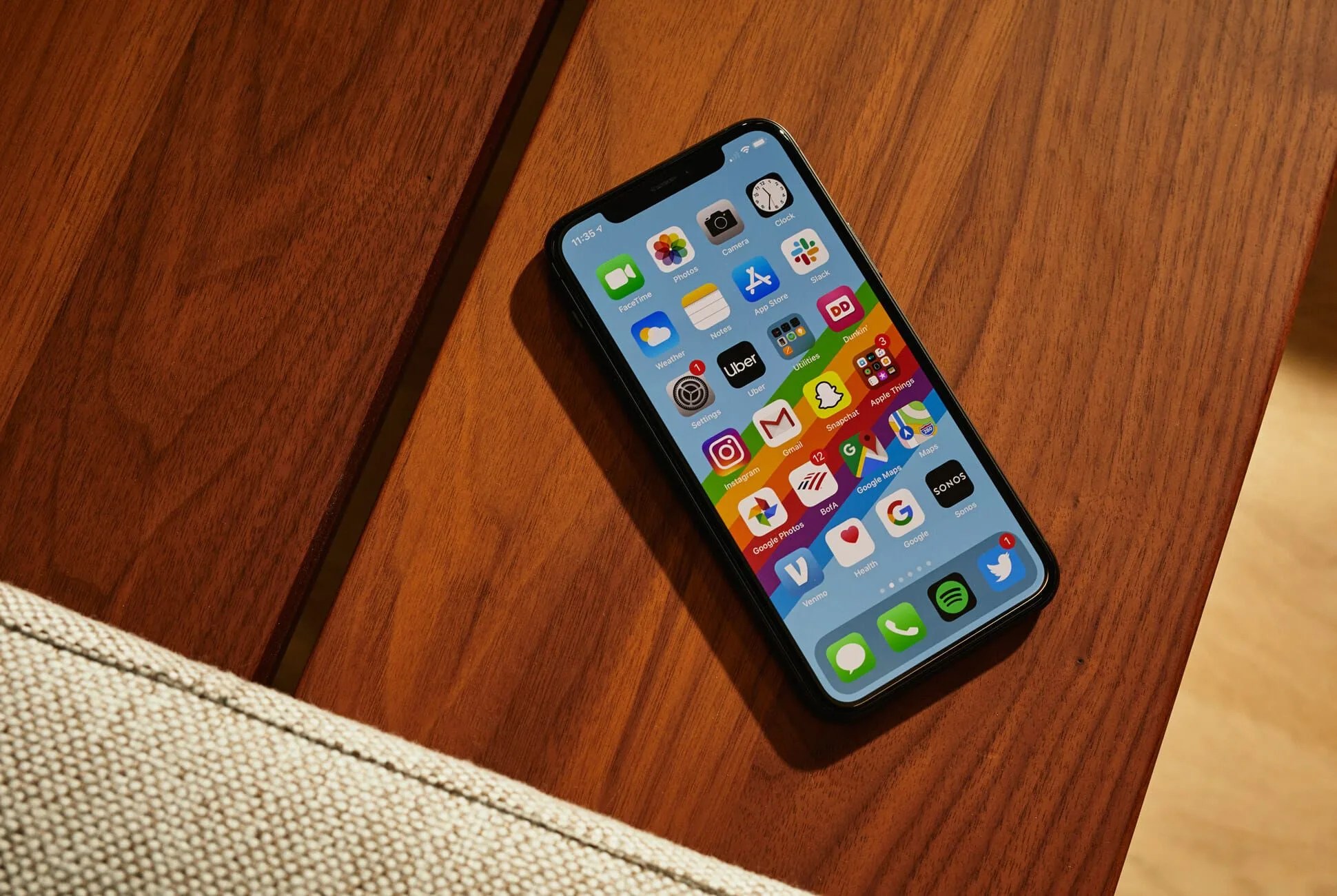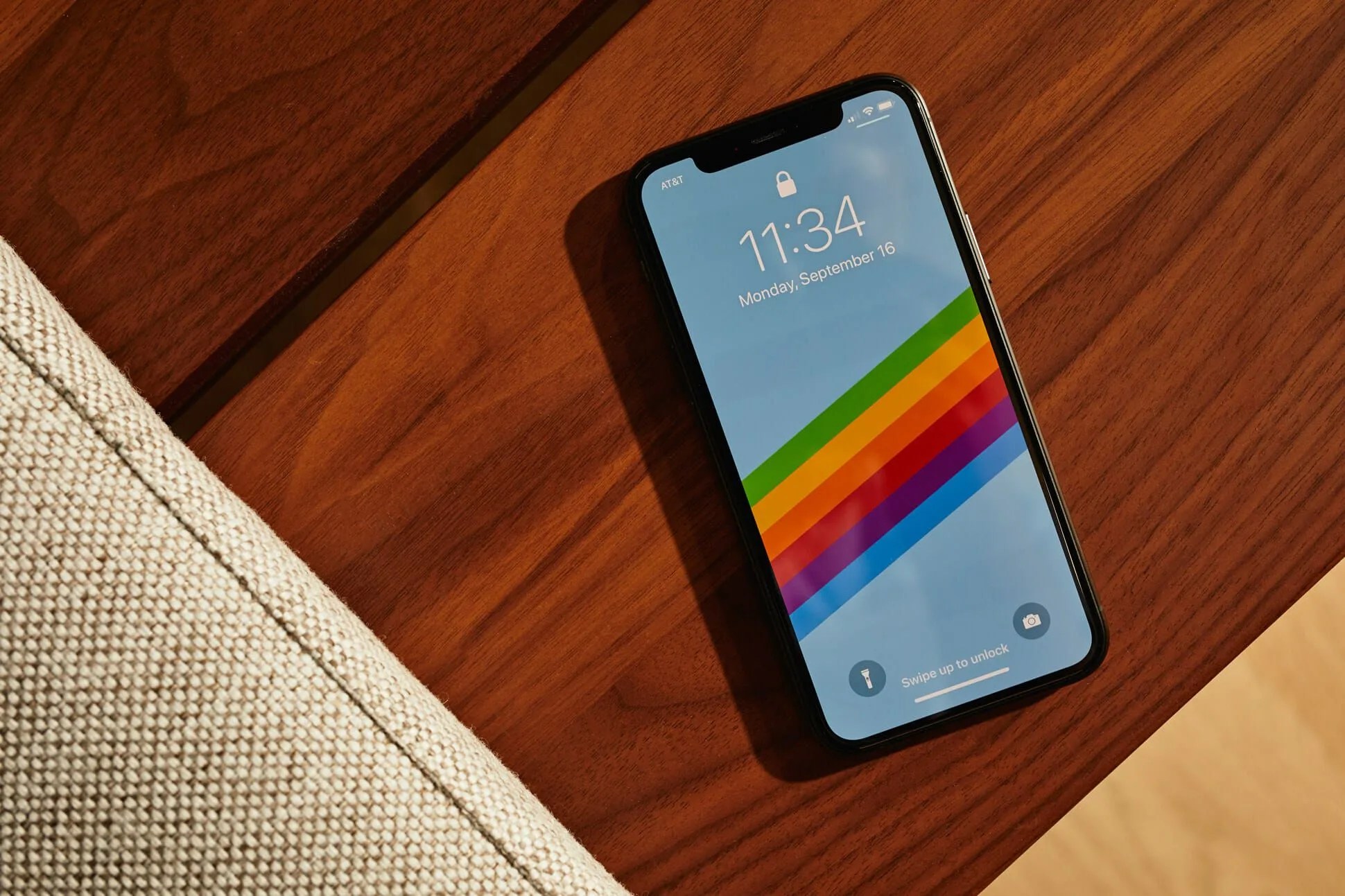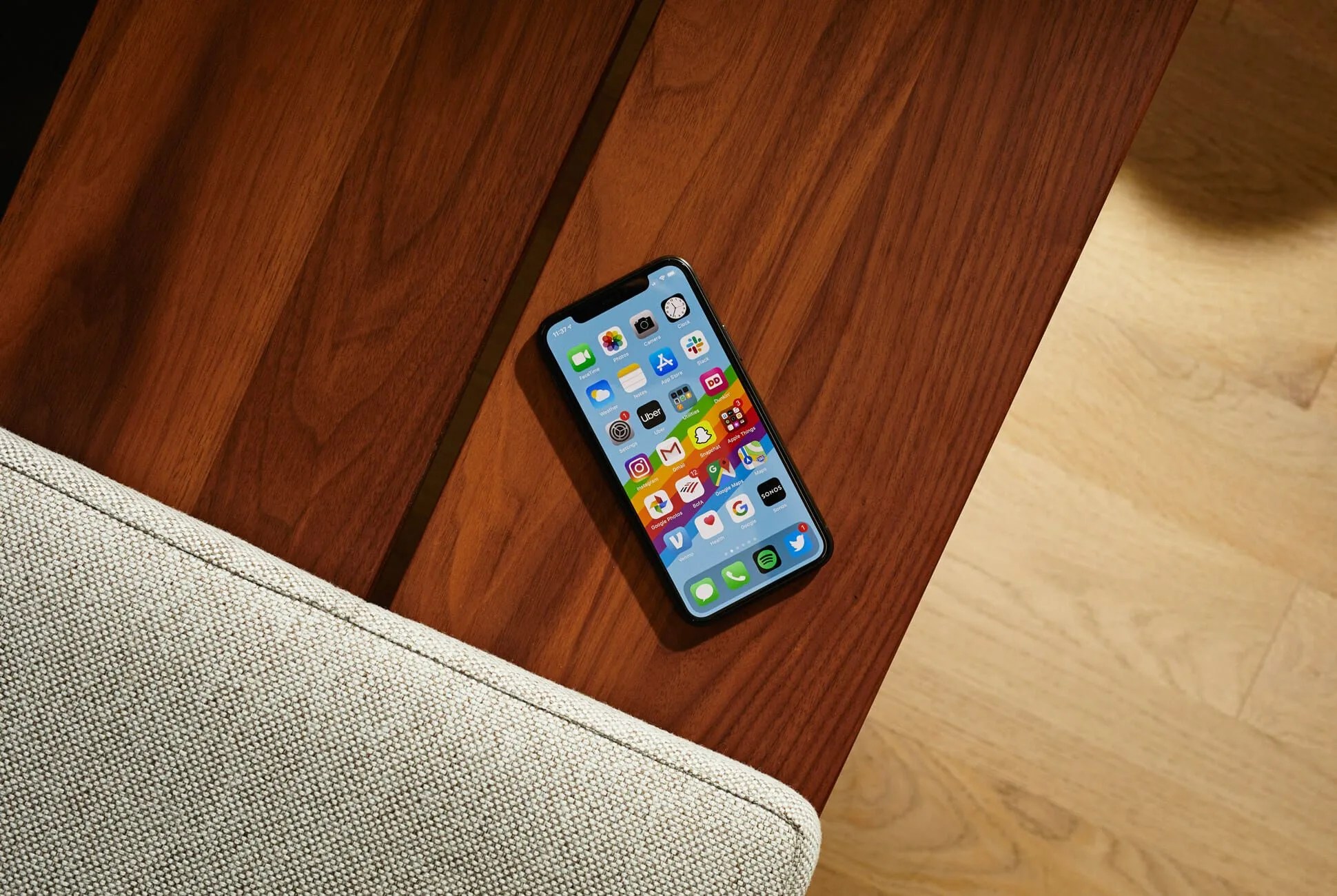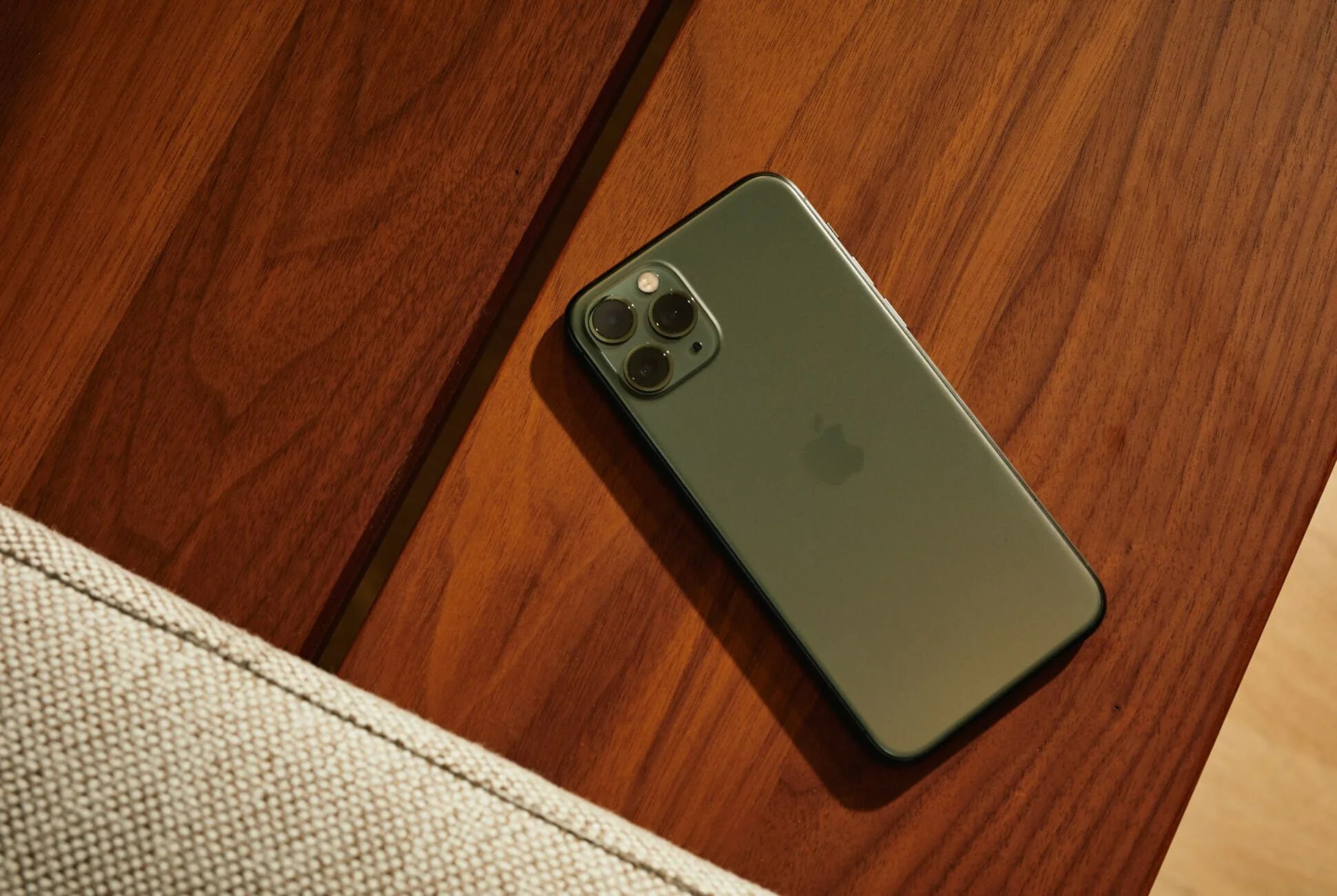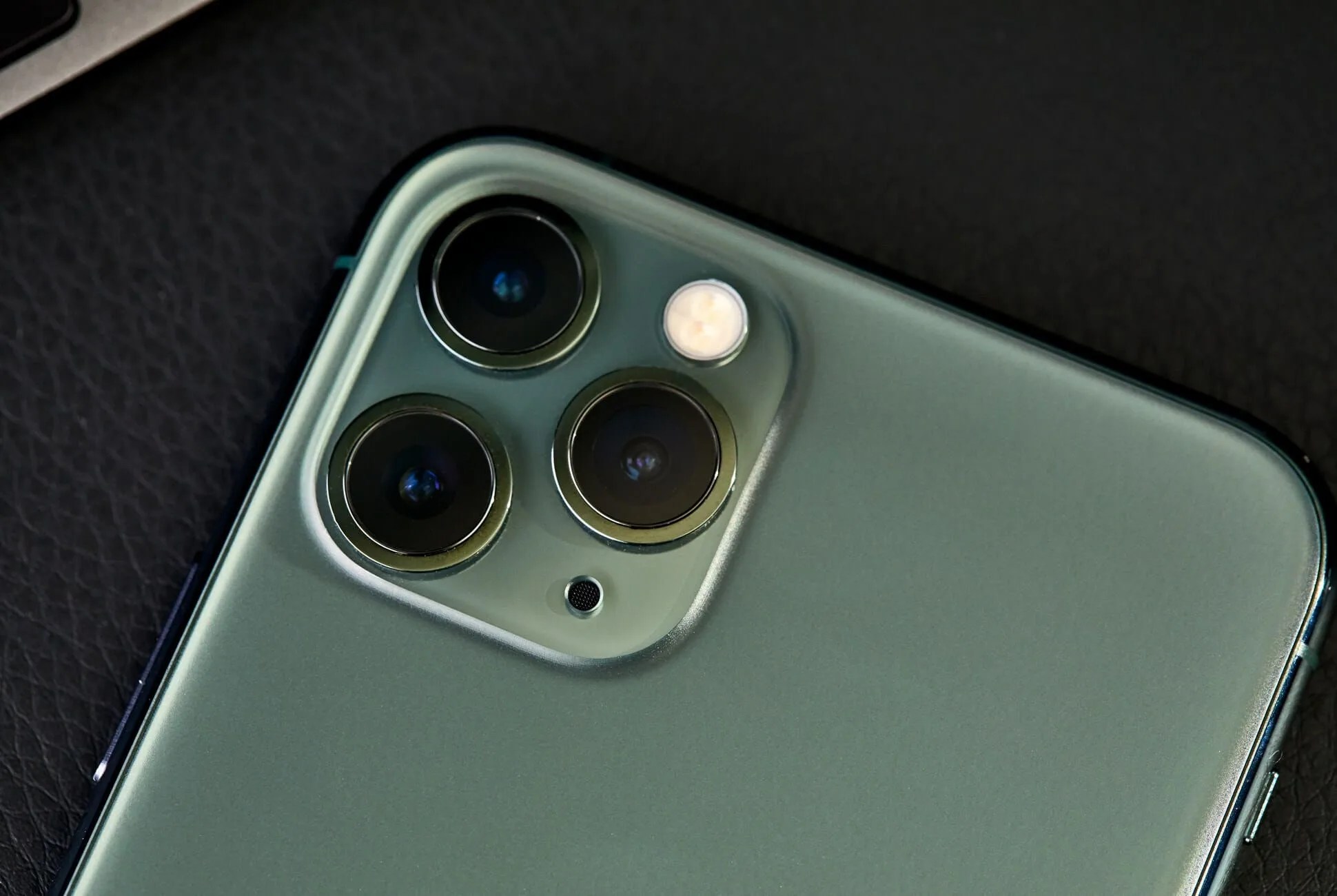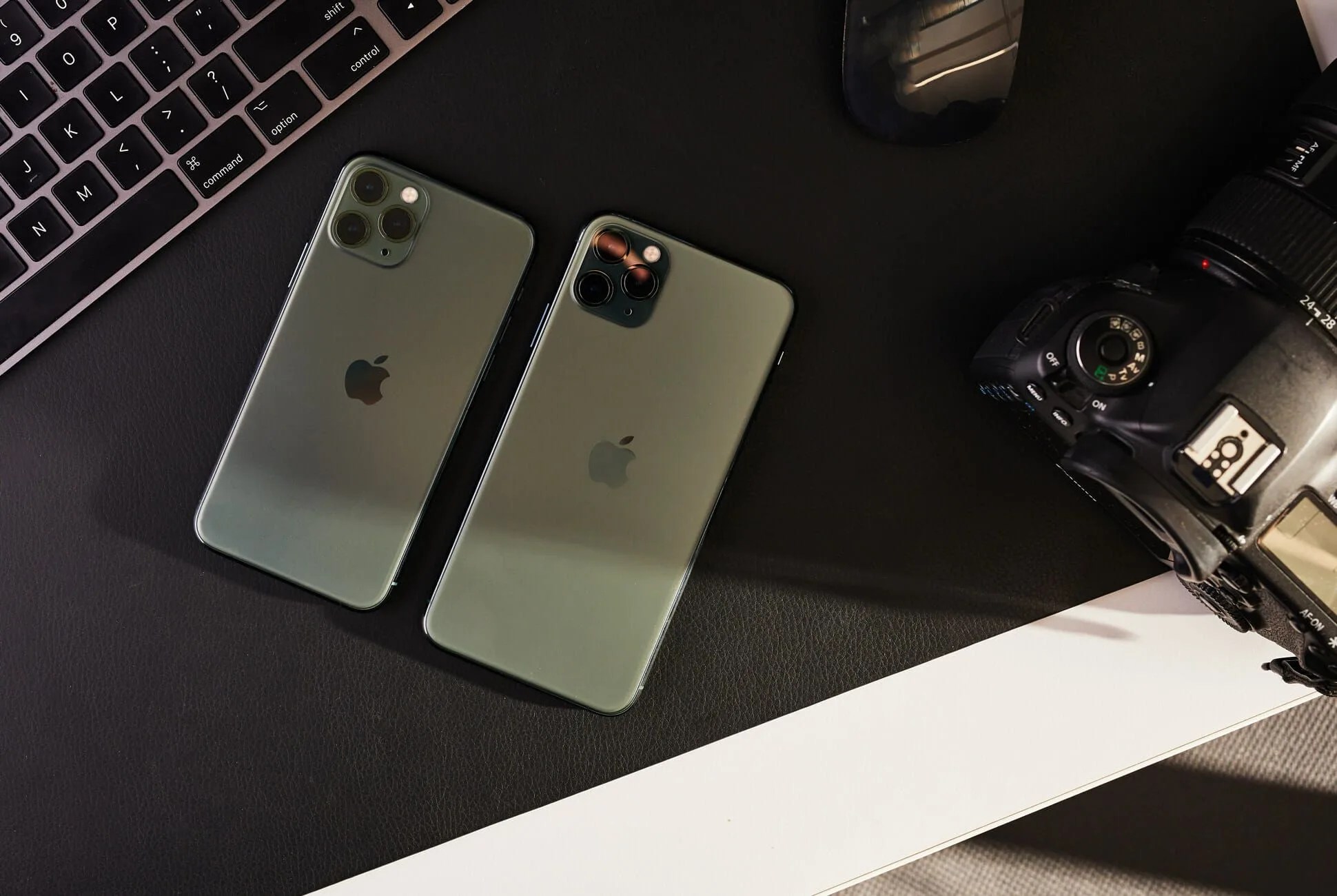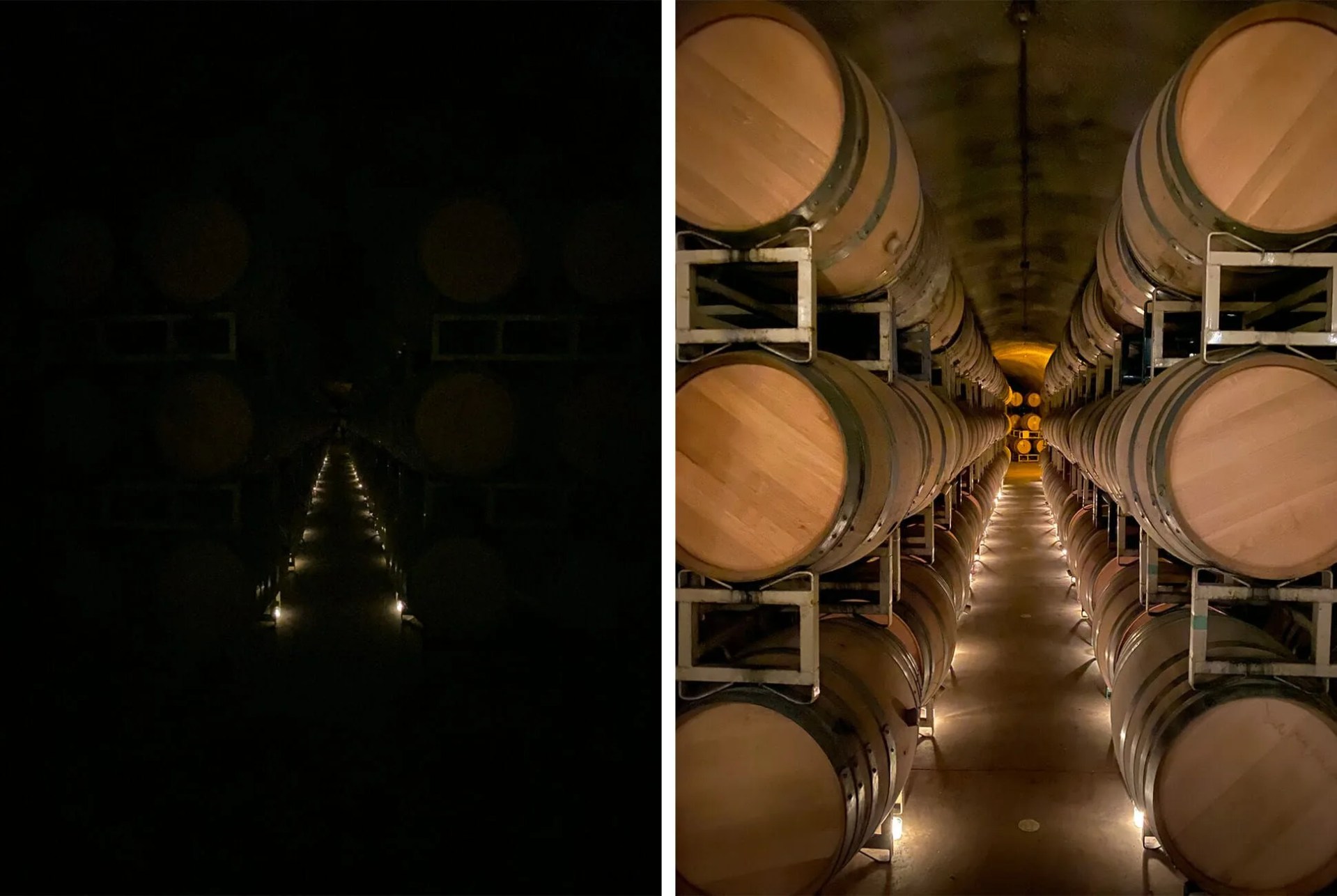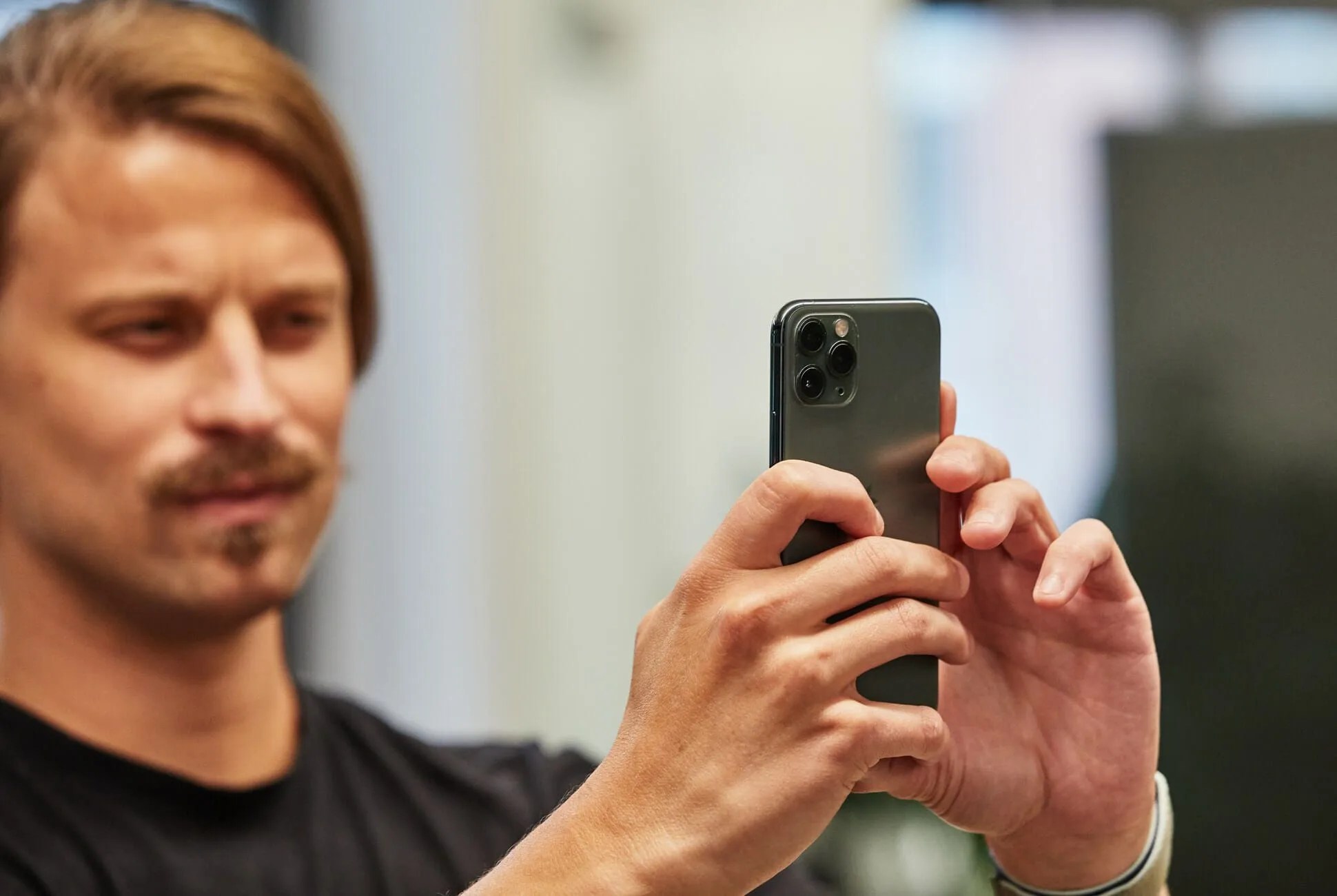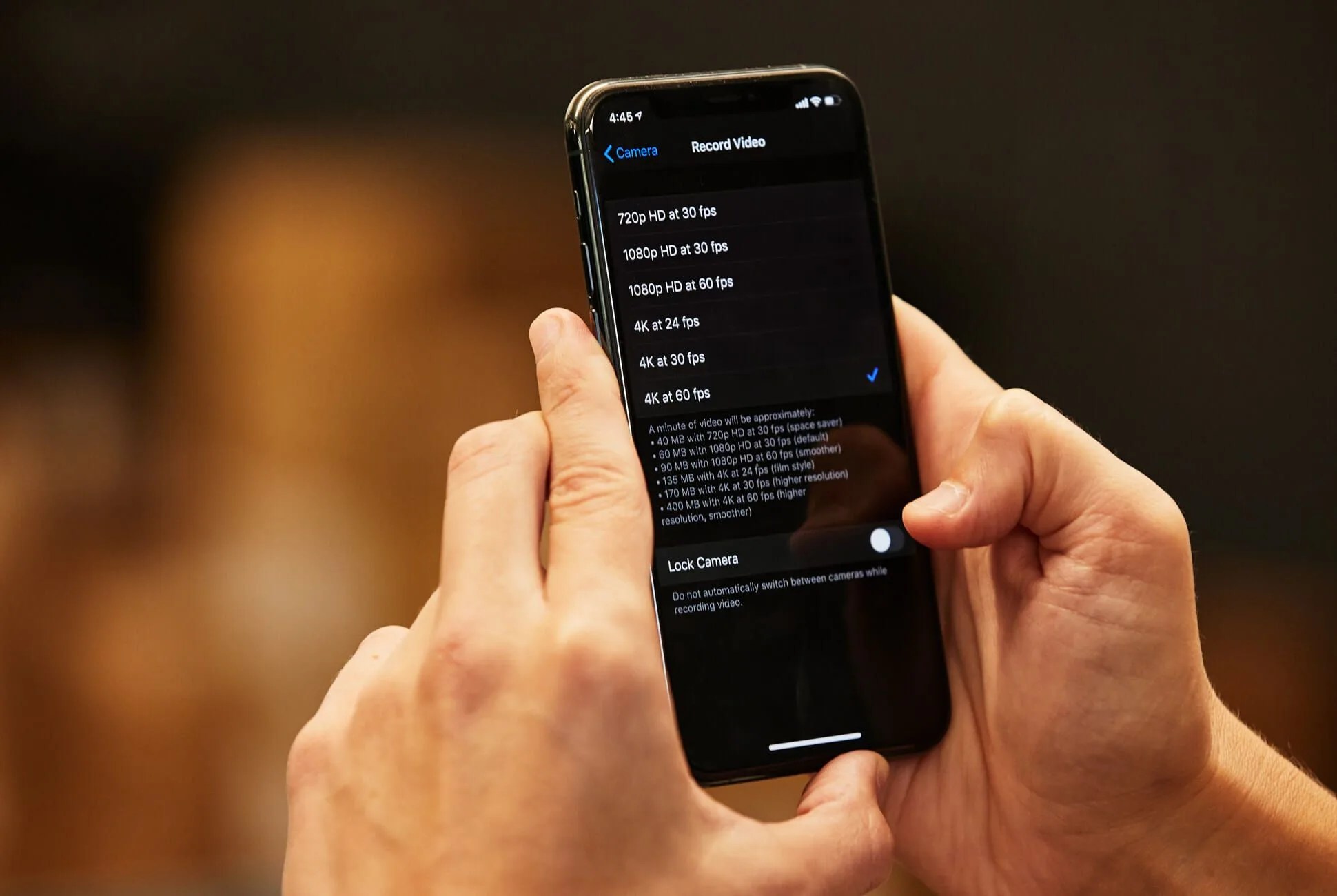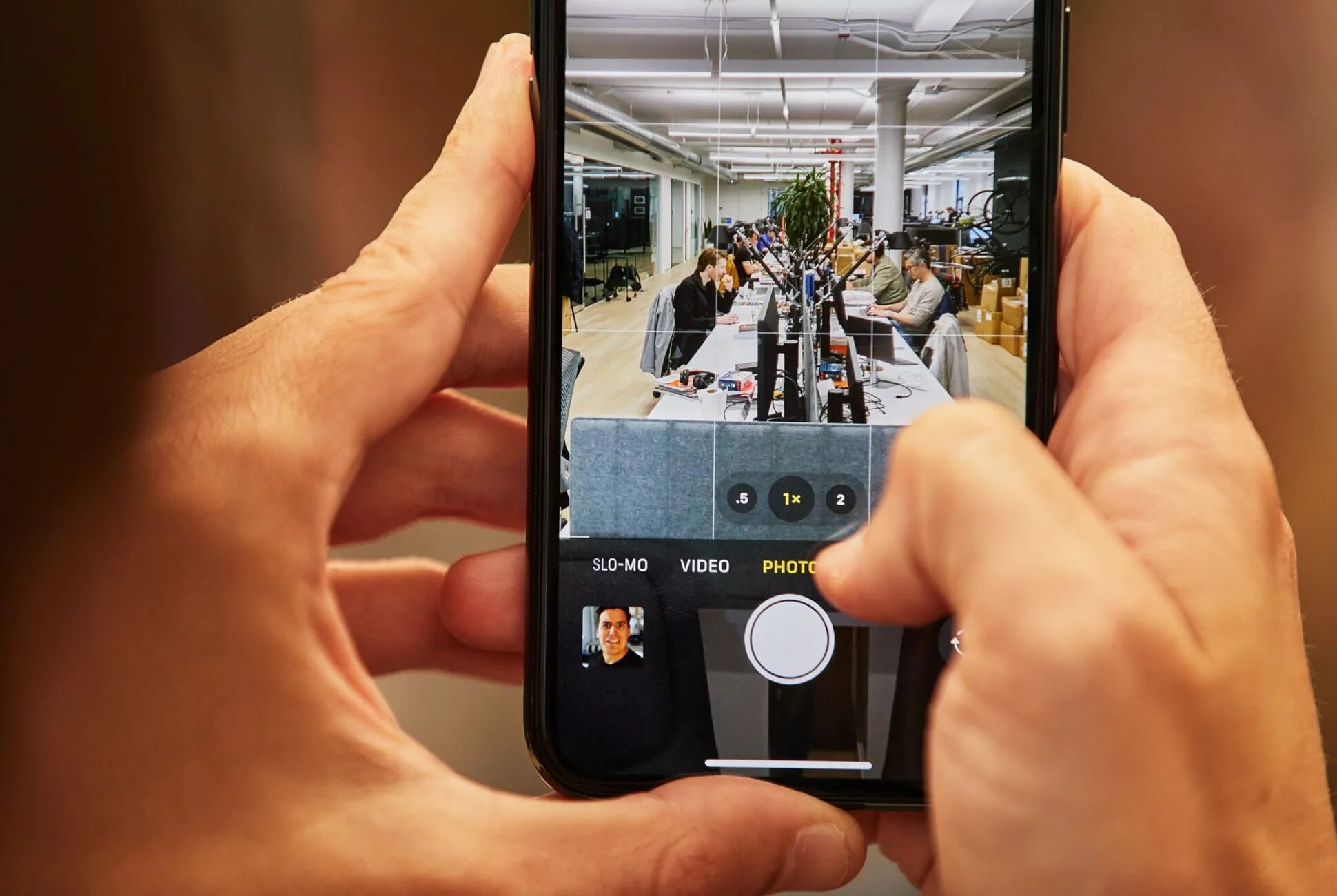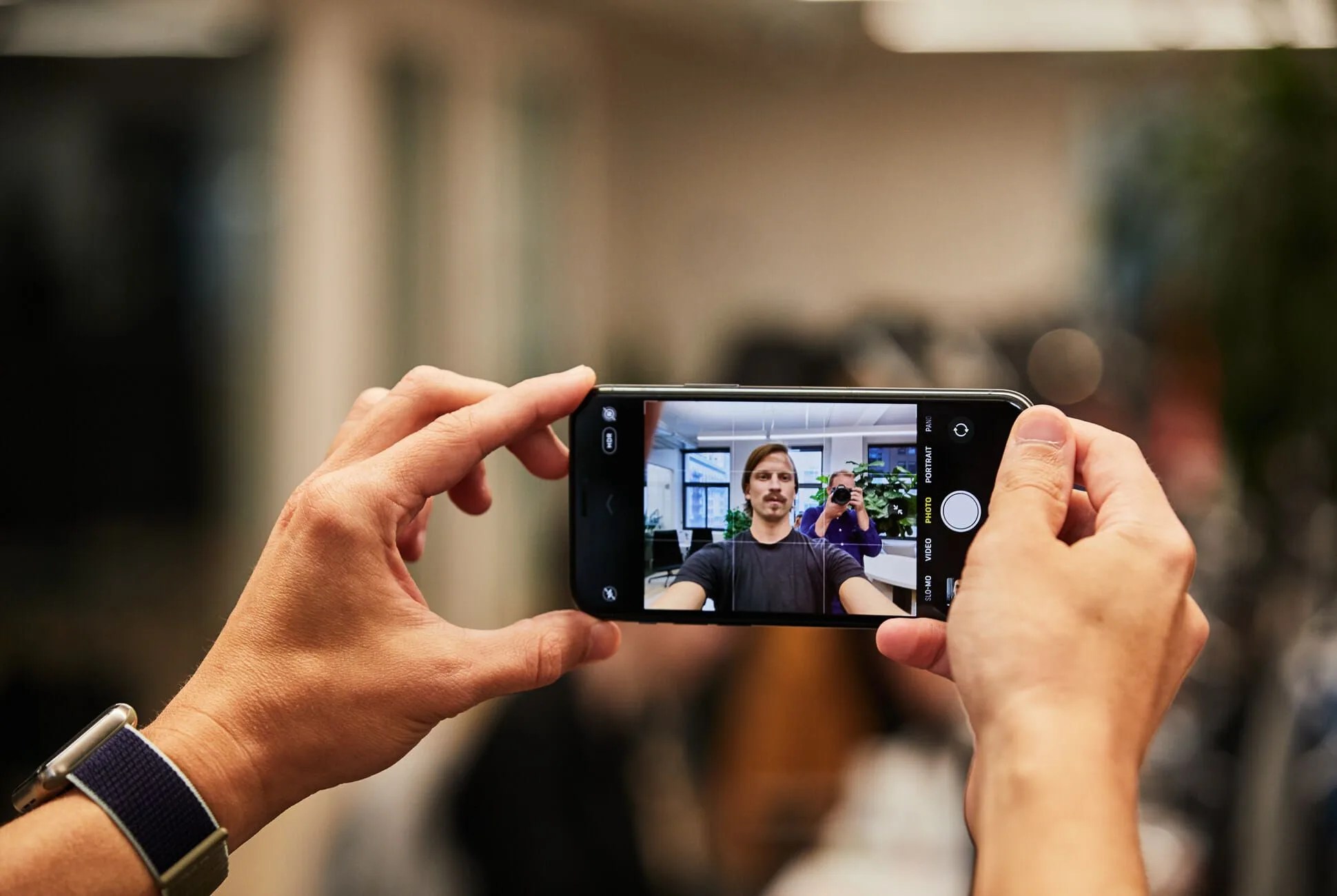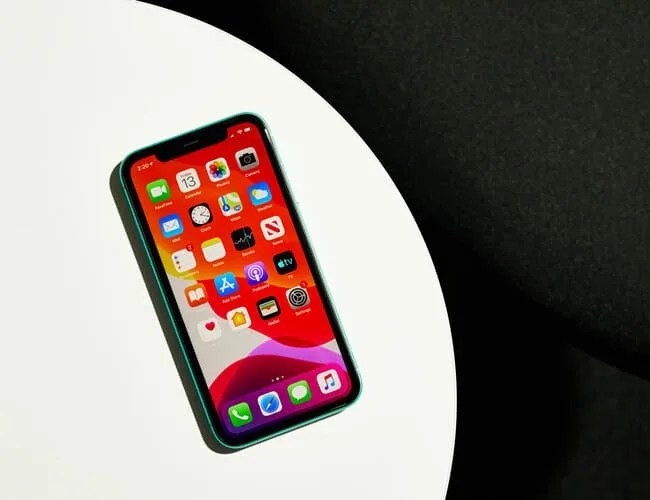6 photos
The iPhone 11 Pro is the successor to last year’s iPhone XS and, likewise, comes in two different sizes; there’s a 5.8-inch iPhone 11 Pro and a 6.5-inch iPhone 11 Pro Max. The overall design of both models is essentially the same as the iPhone XS and iPhone XS Max – same size display, same notch – but Apple has bumped up the specs, added some new features and given it a completely new camera system.
The iPhone 11 Pro is the first iPhone to have a triple-lens camera system; it has the same 12-megapixel wide and ultra-wide lenses as the iPhone 11, with an addition 12-megapixel telephoto lens for zoomed-in and Portrait Mode shots. That said, the iPhone 11 Pro shares so many similarities to the expensive iPhone 11 – same A13 Bionic processor, same upgraded front-facing camera as the iPhone 11, same Night Mode, same improved Dolby Atmos sound, same IP68 rating – that it really comes down to few key differences and if you’ll take advantage of them.
The Good: The iPhone 11 Pro has the distinct advantage of coming in two different sizes. The iPhone 11 Pro is smaller than the 6.1-inch iPhone 11, while the iPhone 11 Pro Max is slightly larger. I suspect that people will opt for either of the iPhone 11 Pro’s for the simple fact that they want a small or a big-screen iPhone – the Goldilocks-sized iPhone 11 simply won’t be for everybody.
4 photos
